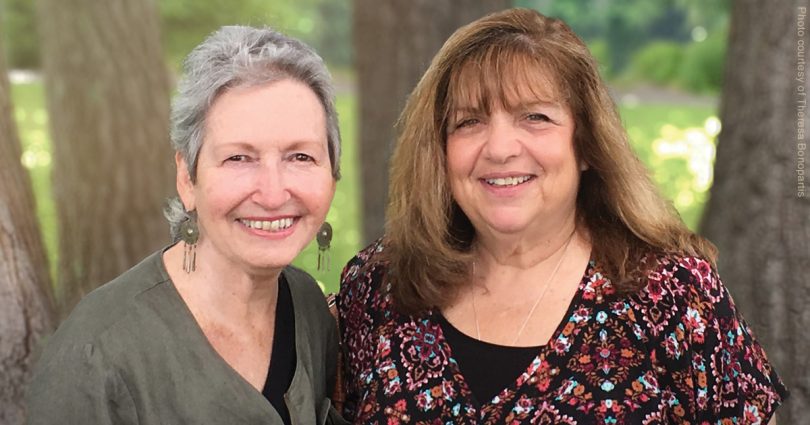By Shannon Roberts
The world is ageing at an unprecedented speed, meaning the proportion of younger people to older people is less than ever before. Growing old inevitably brings physical suffering, but for many it is the loneliness that is much harder to bear. The relationship between loneliness and health is now well-recognised the world over.
In countries such as China and Japan, rapid market development, urbanisation, and an ever more individualistic society have loosened family ties and broken the traditional elderly care system. At the same time, the percentage of older people has increased dramatically.
But it is not just the elderly that are lonely – apparently there is a loneliness epidemic among young people too. According to the World Economic Forum, chronic loneliness is a health concern across generations, with 40 percent of people under 25 reporting that they feel lonely.
The UK now has a Minister for Loneliness, and Denmark and Australia have also launched campaigns to reduce the problem. There is a new “economy of loneliness” in China, according to the first Economy of Loneliness report released in January by Momo and Xiaozhu, a home-sharing app similar to Airbnb. The Torro Loneliness Museum opened in Beijing in July and aims to reproduce several scenes of loneliness for lonely visitors to immerse themselves in and reflect upon. It is bustling with lonely people.
Schemes which encourage intergenerational connection are one way some organisations are attempting to solve this worrying problem, and they have proven effective.
For instance, last summer a dozen people in their 20s moved into the privately run Sunshine Home in the provincial capital Hangzhou. This Chinese nursing home is inviting recent graduates to live among its residents in return for low rent — on the condition that they spend at least 20 hours per month with the residents. A highlight has been the young people teaching the elderly residents how to use electronic devices, allowing them to connect with their grandchildren more often.
Community spaces, schools, and retirement homes in the United States are also promoting intergenerational activity and bonding, from seniors and college students living in the same housing to preschools attached to retirement communities.
Ashlar Village, a retirement home in Connecticut, gives students from Quinnipiac University their own apartment in return for at least eight hours of service each week. John Morgan, a university spokesman, said that it is becoming clear that the elderly are an untapped resource, with one student reporting:
“This place was more full of life than many of my college classrooms. . . . My other friends wanted to spend more time there than anywhere else.”
The Champion Intergenerational Enrichment and Education Centre is another example of a successful collaborative between a university and the community in Columbus, Ohio. An adult day program and a childcare facility have shared community centre space since November 2015, and engage in a number of shared activities. For instance, twice a week a music therapist teaches sign language in song to small circles of children and elderly participants.
Here in New Zealand, a friend has started up a weekly music group for pre-schoolers at a local retirement home; she has found that it isn’t hard to organise initiatives which bring people together and everyone benefits from. Another close friend, who visits her elderly mother at a retirement home every day, tells me often that it is seeing babies and children that lights up the faces of the residents most.
A greater awareness of the potential of shared sites can create new environments to break down the barriers between young and old — and perhaps even create life-changing intergenerational bonds. The book Tuesdays with Morrie springs to mind; a delightful true story about the time author Mitch Albom spends visiting his former sociology professor Morrie Schwartz, as Schwartz gradually loses his life to ALS. Each was able to make a rich contribution to the other’s life.
Our blog’s prime concern is the dignity and happiness of people, both young and old. When a solution can achieve the happiness of both young and old at the same time, we applaud it.


